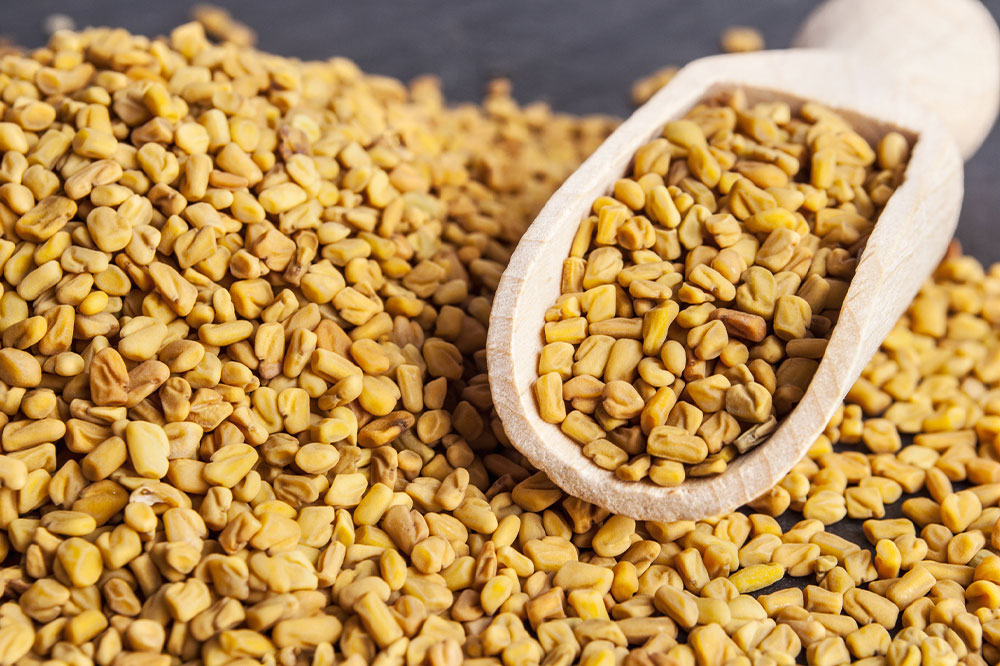Home remedies to manage frequent urination

Urinating four to eight times a day is considered normal. However, some people visit the bathroom more frequently. They also experience severe urges and cannot hold urine in their bladder till it is convenient to go to the toilet. It could happen for several reasons, such as drinking too much water or being diagnosed with a health issue. Let us look at a few helpful home remedies for frequent urination.
Pumpkin seeds
Studies suggest that pumpkin seed oil extract may help control the urge to visit the bathroom, especially at night. The compounds found in the oil help improve the bladder’s muscle function, reducing the frequency of urination. These compounds also help improve prostate health, preventing urinary disorders.
Magnesium hydroxide
Magnesium hydroxide supplements are easily available in the market and are known to help with an overactive bladder. A study conducted with women found that over 50 percent of participants noticed improved symptoms after using this remedy. Research also suggests it can help reduce spontaneous muscle contractions in the body, which are known to trigger frequent urination. However, magnesium hydroxide may have side effects like vomiting, cramping, and diarrhea, so one should adjust their dosage after consulting an expert.
Gosha-jinki-gan
This is a supplement made using a mixture of ten different herbs. Studies by Japanese researchers suggest that those who used this remedy every day for eight weeks straight noticed they had to visit the bathroom less frequently than before. Researchers believe this happens because the nerve signals about urination are not sent to the bladder.
Capsaicin
Capsaicin is a natural compound in chili peppers that gives them a spicy taste. A study done in Thailand showed that chili peppers helped control urine leaks and the urge to go to the bathroom frequently. The researchers believe this could be because capsaicin blocks the nerve cells that communicate with the bladder and tell it that it needs to be emptied. However, some may experience side effects like irritation and pain after using this remedy. So, it is advisable to talk to a healthcare provider for guidance regarding its right usage.
Buchu
Buchu, or Barosma betulina, is a herb found in the mountains of South Africa that may help control frequent urination issues. It has been used as a herbal supplement for many ailments for centuries. Health scientists have also studied it extensively to understand its benefits. Besides overactive bladder symptoms like frequent urination, Buchu may help manage kidney issues or even a simple cough.
Bladder training
This exercise aims to train the bladder to hold urine for longer (say two to four hours), increase the amount of urine the bladder can store, and improve control over the urge to urinate. Here are some exercises to achieve these goals:
- Kegel exercises
Sit or lie down on the floor, tighten your pelvic floor muscles, and hold them for three to five seconds. Then relax slowly till the count of five. Repeat these steps ten times. You can practice Kegel exercises thrice a day, preferably in the morning, afternoon, and night. But ensure your bladder is empty when you start. These exercises can be performed by anyone and do not require equipment, making them a sought-after solution. - Delayed urination
This is more of a mental activity to increase the time between bathroom trips. When you feel the urge to use the bathroom, hold it for five minutes. Increase the duration by a minute or so the next time. When you consciously keep increasing your holding capacity by a few minutes, you train your mind not to urinate frequently. - Scheduled bathroom tips
Going to the bathroom on a schedule might help train your body to stop urinating so frequently. Since this may be a difficult exercise at the start, schedule an hourly visit to the bathroom. Then slowly increase the gap between bathroom breaks and get comfortable with the new routine.
Speak to a doctor before using frequent urination home remedies. The expert can guide you and ensure you follow them correctly. They can also inform you about any side effects or mishaps. Frequent urination is a prevalent issue, and these simple measures can help manage it in the long run if followed correctly.






